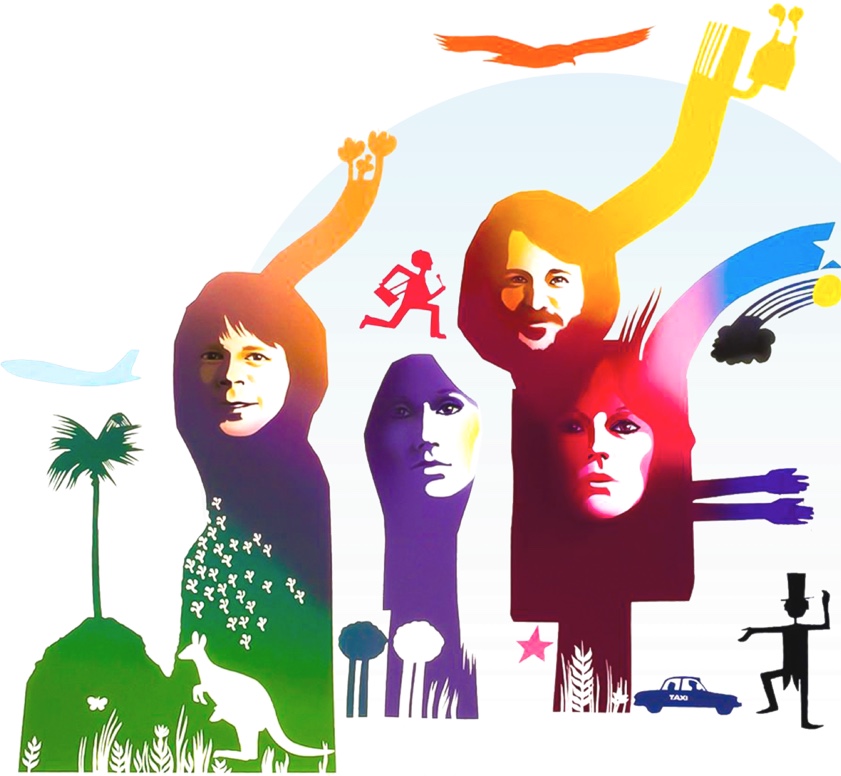In focus: Hasta Mañana – The song that didn’t enter Eurovision
ABBA’s win with Waterloo in the 1974 Eurovision Song Contest is perhaps the most famous part of their story. But things could have turned out differently. In this feature we examine the song that ABBA almost chose over Waterloo as their submission to the contest.
A new ballad
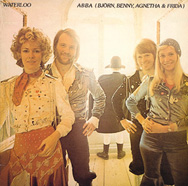 The story of how ABBA won the Eurovision Song Contest in Brighton, England, in 1974 has been told many times. ‘Waterloo’ triumphed beyond the group’s wildest expectations to become a global chart success and give them their international breakthrough. But what about the “runner-up”, the other song ABBA were considering as a submission for the contest? Well, far from being branded “a loser” or “inferior”, the main reason ‘Hasta Mañana’ wasn’t chosen was because it would have made less of a splash in Brighton. The previous four years’ winners had all been solo female singers equipped with a ballad, which was how the Agnetha-led ‘Hasta Mañana’ would have come across. For 1974, ABBA wanted to be different and really stand out from everybody else, throwing a rock’n’roll spanner in the well-oiled works of the Eurovision Song Contest.
The story of how ABBA won the Eurovision Song Contest in Brighton, England, in 1974 has been told many times. ‘Waterloo’ triumphed beyond the group’s wildest expectations to become a global chart success and give them their international breakthrough. But what about the “runner-up”, the other song ABBA were considering as a submission for the contest? Well, far from being branded “a loser” or “inferior”, the main reason ‘Hasta Mañana’ wasn’t chosen was because it would have made less of a splash in Brighton. The previous four years’ winners had all been solo female singers equipped with a ballad, which was how the Agnetha-led ‘Hasta Mañana’ would have come across. For 1974, ABBA wanted to be different and really stand out from everybody else, throwing a rock’n’roll spanner in the well-oiled works of the Eurovision Song Contest.
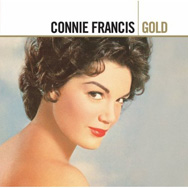 Both ‘Waterloo’ and ‘Hasta Mañana’ were written and recorded towards the end of the sessions for ABBA’s second album (ultimately entitled Waterloo) in December 1973. All the parts for the rocky ‘Waterloo’, including its lyrics, were in place, and it had been more or less decided that this would be ABBA’s submission for the Swedish selection for the Eurovision Song Contest. The new ballad was still entitled ‘Who’s Gonna Love You’ when its backing track was recorded. ABBA manager Stig Anderson, who often wrote the words for the most important of the group’s songs at this stage of their career, had already spent considerable time sweating over the ‘Waterloo’ lyrics. He was just about to leave for a Christmas holiday trip to the Canary Islands, when a cassette tape with the backing track was given to him with the instructions: “Please write some lyrics for this!”
Both ‘Waterloo’ and ‘Hasta Mañana’ were written and recorded towards the end of the sessions for ABBA’s second album (ultimately entitled Waterloo) in December 1973. All the parts for the rocky ‘Waterloo’, including its lyrics, were in place, and it had been more or less decided that this would be ABBA’s submission for the Swedish selection for the Eurovision Song Contest. The new ballad was still entitled ‘Who’s Gonna Love You’ when its backing track was recorded. ABBA manager Stig Anderson, who often wrote the words for the most important of the group’s songs at this stage of their career, had already spent considerable time sweating over the ‘Waterloo’ lyrics. He was just about to leave for a Christmas holiday trip to the Canary Islands, when a cassette tape with the backing track was given to him with the instructions: “Please write some lyrics for this!”
A crackly telephone line

At the end of December, Agnetha and Frida arrived at the studio to record the vocals for this yearning ballad. At first, the session did not go well: however hard they tried, they just couldn’t find the right way to interpret the song. It was Agnetha who finally came up with the right solution. As a young girl, her biggest idol had been American singer Connie Francis, immensely popular in the late 1950s and early 1960s. Judging by Agnetha’s own early solo hits, it was primarily the languorous, heartbroken Connie that had inspired her; in an interview she once mentioned Francis’ wistful ballad recording of ‘Carolina Moon’.
At the ‘Hasta Mañana’ recording session, she put the inspiration from her youth to good use. ”We realised that neither of us were able to sing it and we had actually started to give up on it,” she recalled. ”Then I ended up alone in the studio and fooled around a bit, thinking that I might do it like Connie Francis would. I sang it in that really emotional way and then we found that we were on the right way.” Agnetha’s approach, which included a melodramatic spoken part, was exactly what ’Hasta Mañana’ needed. With backing support from a melancholy, twangy guitar-part and Benny’s eerie mellotrone-generated strings, it all came together as one of the most compelling tracks from the ongoing album sessions.
Eurovision conundrum
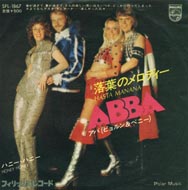

The story of ‘Hasta Mañana’ may have ended here, with its inclusion as a particularly strong track on the Waterloo album, released in March 1974. But it was far too catchy to be contained within the confinements of those vinyl grooves. Although it has never counted among ABBA’s most famous international hits, ‘Hasta Mañana’ was in fact a chart success in a handful of countries. Just a few months after the album’s release, the song reached number one on the much-loved Swedish radio chart Tio i topp (“The Top Ten”), simply through its status as an attractive album track. Meanwhile, a Swedish-language version by Polar Music recording artist Lena Andersson spent three weeks at the top of the Svensktoppen (“The Swedish Top Ten”) radio chart.
A real Boone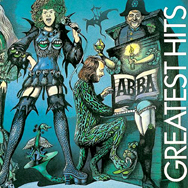
As a curious coda to the story of ‘Hasta Mañana’, in 1977 the song achieved spectacular success in the United States – but not in ABBA’s version. ‘Hasta Mañana’ was recorded by a group called The Boones, consisting of the sisters Debby, Cherry, Lindy and Laury Boone, daughters of 1950s teen idol Pat Boone. “We got [ABBA’s original version] from one of our representatives in Europe,” explained the group’s producer, Mike Curb. “He had heard it and insisted that we really should listen to the song.” The Boones’ lively recording of ‘Hasta Mañana’ was released as a single, reaching the Top 40 on Billboard’s Adult Contemporary chart in 1977. Later the same year, Debby Boone went solo, releasing her first single, ‘You Light Up My Life’. The Boones’ version of ‘Hasta Mañana’ featured Debby on lead vocals, so therefore it was used as the B-side of her solo début.
This decision turned out to be exceptionally fortunate for Benny Andersson, Stig Anderson and Björn Ulvaeus as songwriters. ‘You Light Up My Life’ became a massive hit of phenomenal proportions, spending 10 consecutive weeks at the top of Billboard’s singles chart. According to some sources, ‘You Light Up My Life’ was the best-selling single of the 1970s in the United States. But although ‘Hasta Mañana’ wasn’t the hit side of the single, it earned its writers just as much money on sales as the A-side did for its composer. It was estimated that Andersson/Anderson/Ulvaeus would receive more than $200,000 on single sales alone. Add to that the inclusion of ‘Hasta Mañana’ on Boone’s Platinum-selling début album, and the song did very good business indeed – without really becoming a major US hit on its own terms.
All in all a highly impressive run for a song that struggled to find its own platform under the overwhelming shadow of ‘Waterloo’!
